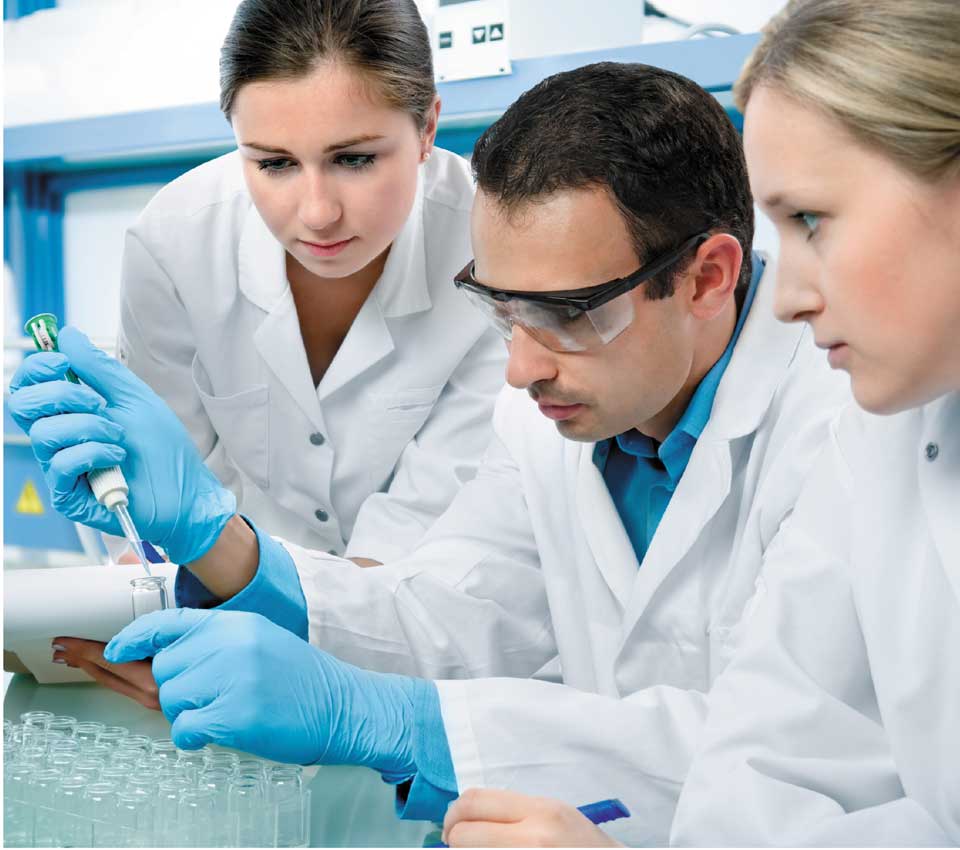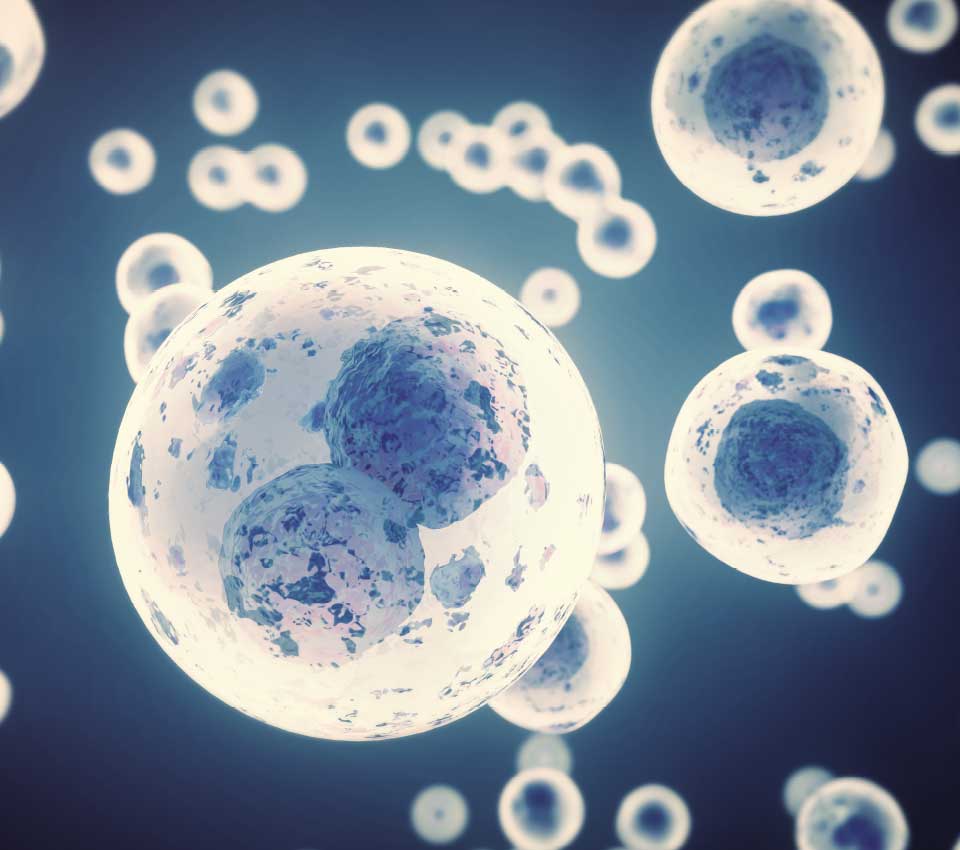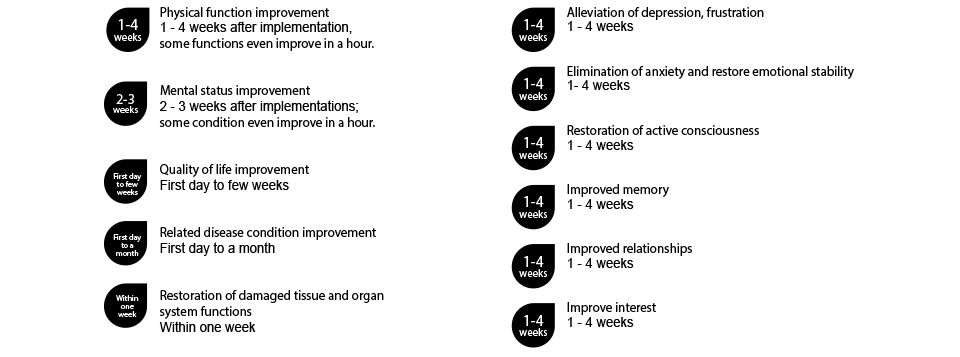cell energy + cell activity nano-enzyme has extremely high bioactivity, achieving body organ resurrection and reconstruction of the human cells function through the blood.


Totipotent Embryonic Stem Cells are one of the most important stem cells types because they have the potential to develop into any cell found in the human body.
• Speed up the length of time it takes for injuries or wounds to heal
• Reduce pain, even chronic joint pain, with less need for medications
• Increase functionality, range of motion, flexibility and sleep quality
• Reduce muscle compensations and risk for future injuries
• Decrease nerve damage
• Increase collagen
• Help generate new heart and blood vessel tissue
• Help heal skin wounds, prevent formation of scar tissue and reduce hair loss
• Return patients to their normal activities as quickly as possible
• Orthopedic injuries and muscukoskeletal problems
• Wounds and incisions following surgeries
• Spinal cord injuries, brain trauma and spinal stenosis
• Cardiovascular diseases, including hypertension, coronary heart disease,
stroke and congestive heart.
• Hair loss
• Vision impairment
• Diabetes and other pancreatic dysfunctions
• Neurodegenerative diseases such as Parkinson’s, multiple sclerosis and
Alzheimer’s

Totipotent Embryonic Stem Cells are one of the most important stem cells types because they have the potential to develop into any cell found in the human body. In human development, the egg cell in a woman and the sperm cell from a man fuse together to form a single cell called the zygote. The zygote divides numerous times and forms cells that are the precursors to the trillions of cells that will eventually constitute the human body.
It may sound rather complex and in a sense it is, when you consider that a simple cell has the potential to develop into a specialised one with a specific job in the body. It is simple, however, in that it's a clear sequence of events that begins with an egg cell and a sperm cell. The zygote from that fusion of an egg cell and a sperm cell then begins cell divisions that are capable of forming the entire human body. It is these cells that are totipotent, so called because their potential is 'total.'
Totipotent embryonic stem cells are perhaps the most versatile of the stem cell types. As explained, a totipotent zygote cell is created when a single celled sperm and egg unite. This totipotent fertilised egg has the potential to give rise to virtually all human cells, such as nerve or heart. It is during the early cell divisions in embryonic development that more totipotent cells are produced. Within several days, these totipotent cells divide and create replicas, therefore producing more totipotent cells. It is after approximately four days that the cells begin to specialise into pluripotent cells, which can go on to specialise further but can't ever produce an entire organism as totipotent cells can. Basically, the pluripotent stem cell can do everything the totipotent one can except for creating an entire organism.

1. Massive Potential
We can’t put enough emphasis on the massive potential of Totipotent Embryonic Stem Cell research. This is because of the value of its ability to form into any type of cell found in the body. Doctors harvest these cells after the first few cycles of cell division following an egg cell fertilization. Moreover, these cells are the precursor to all cells that comprise the many different tissues in the body.
2. Even More Potent Than Pluripotent Cells (Embryonic Stem Cell)
Totipotent Embryonic Stem Cells trump the pluripotency of pluripotent stem cells (Embryonic Stem Cell). These pluripotent cells are also taken from human embryos or even fetal tissue. Given this, human pluripotent cells are also classified as embryonic stem cells. Additionally, they are also self-replicating. This means they are capable of making exact copies of themselves. However, unlike Totipotent Embryonic Stem Cells, pluripotent cells cannot form into extra-embryonic tissues. The Totipotent Embryonic Stem Cells is way more powerful and effective than pluripotent cells.
3. Totipotent Embryonic Stem Cells May Develop Into a Fetus
Although pluripotent cells also have the potential to form into different types of cells, they cannot take on the characteristics of certain types. To be more specific, pluripotent cells do not have total potency because of how they are incapable of forming into extra-embryonic tissues. Moreover, these pluripotent cells cannot form into some of the key factors of gestational development. The most important of the tissues that pluripotent cells cannot form is the placenta. This vascularized organ is important because of the key role it plays in bringing nourishment to the developing fetus.
4. Totipotent Embryonic Stem Cells May Help With the Study of More Diseases
As mentioned, Totipotent Embryonic Stem Cells are the only ones capable of forming into key extra-embryonic tissues. Given this, these stem cells are important in studying conditions related to these tissues. Furthermore, an example of this condition is choriocarcinoma. This type of cancer is one that rapidly grows in the uterus during pregnancy. Moreover, the growth of the cancerous cells that cause this condition begins at the precursors of the placenta.
5. This Totipotent Embryonic Stem Cell Has No Limits When It Comes to Division
Another thing that makes Totipotent Embryonic Stem Cells so valuable is the fact that cell division has no limit. Moreover, Totipotent Embryonic Stem Cells can divide to produce replicas of themselves without diminishing in potency. Given this, you may focus on this type of cell in research without worrying about not having an ideal copy of it.


6. Tissue Engineering
The limitless nature of Totipotent Embryonic Stem Cells is valuable in the field of tissue engineering. Moreover, tissue engineering is made possible by the ability of this cell to form all types of cells in the body. Given this, providing support to this type of genetic engineering is essential in making a variety of medical procedures more efficient.
7. Learning About Cell Division
Cell division is also a great focus when handling Totipotent Embryonic Stem Cells. Understanding the process of cell division has been important in furthering our knowledge of certain illnesses. Most notable of the said illnesses is cancer. In researching the process of cell division, we may develop more effective ways of slowing or stopping the proliferation of cancer cells.
8. Incurable Conditions May Potentially Have Solutions
Conditions such as diabetes do not have a cure. Currently, the most that doctors can do is help their patients manage their condition. However, due to the nature of Totipotent Embryonic Stem Cells, we may find ways to manipulate the body on a cellular level in order to correct problems. An example of the said problems in the context of diabetes is the pancreatic cells responsible for producing insulin.

Plastic surgery can temporarily reduce the outward appearance of aging. But it cannot address the core causes that make us age. Cosmetic surgery can’t restore energy levels or relieve the aches, pains, and degenerative effects of aging. Totipotent Embryonic Stem cells, however, aren’t simply skin deep. As an anti aging treatment, they literally combat the aging process from the cellular –even the molecular- level all through the body. And they do all this without invasive, painful surgery or the need for recovery periods of any length of time. The effects of anti aging treatment with Totipotent Embryonic Stem Cells can include:
